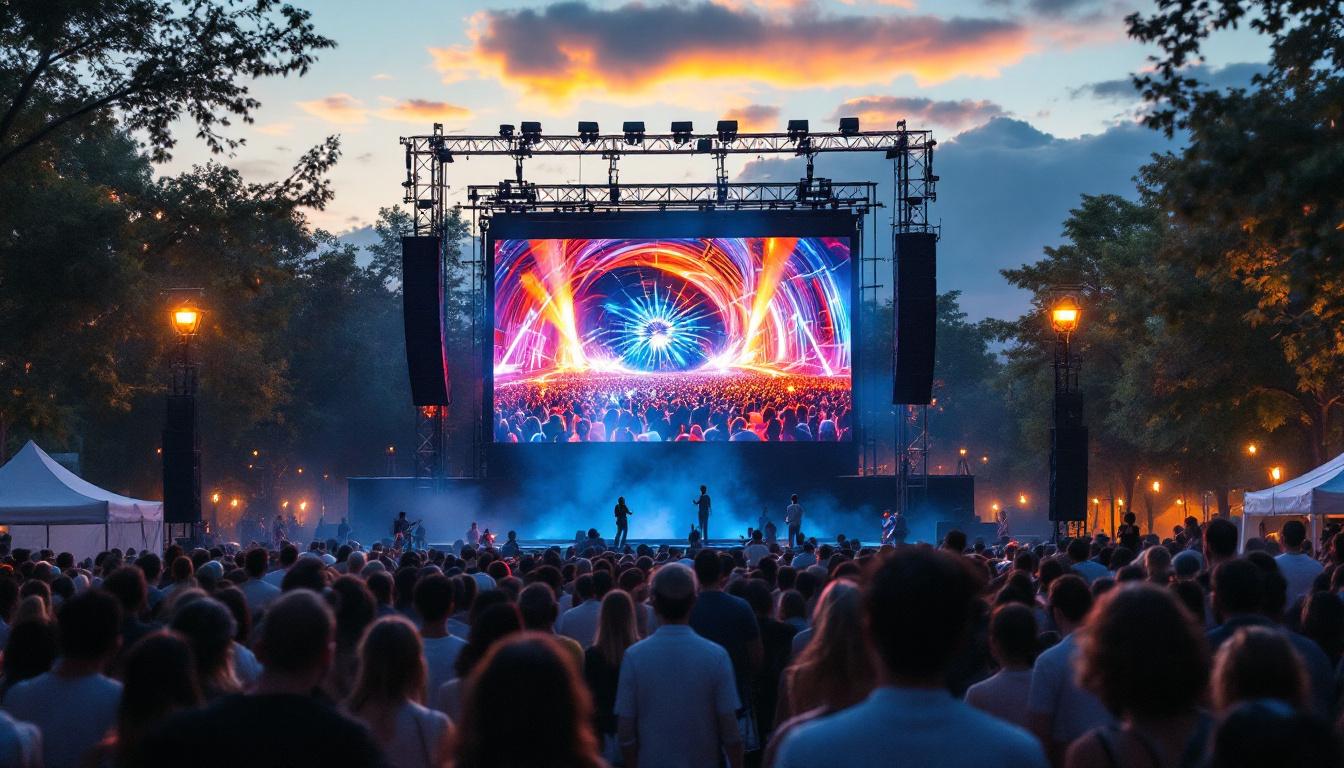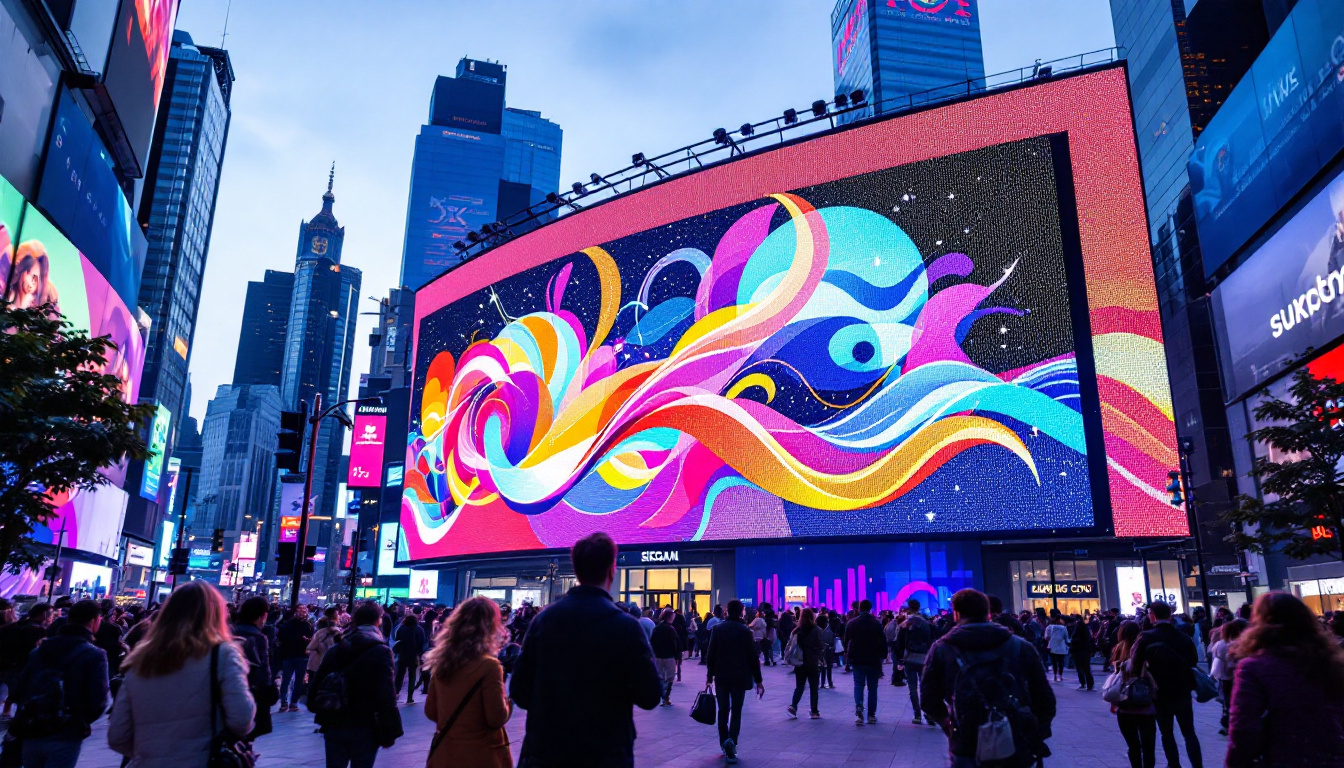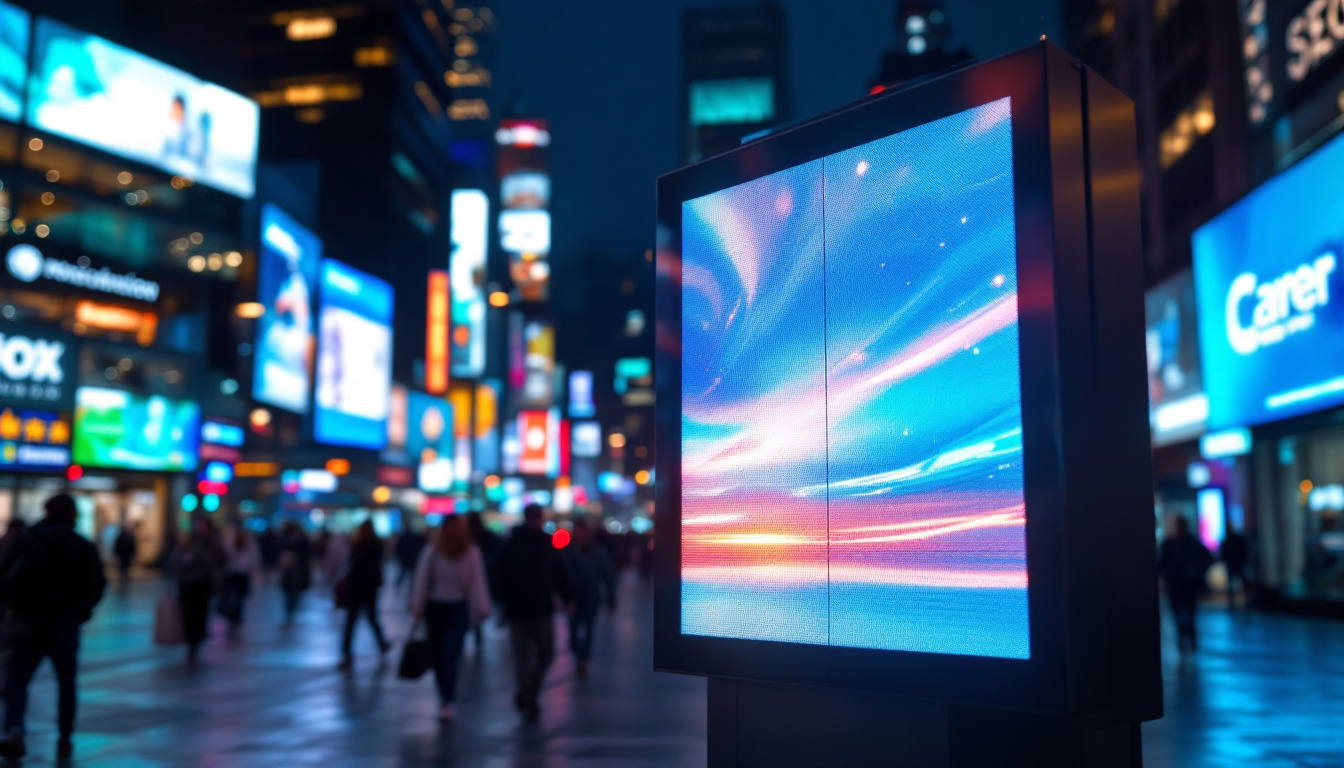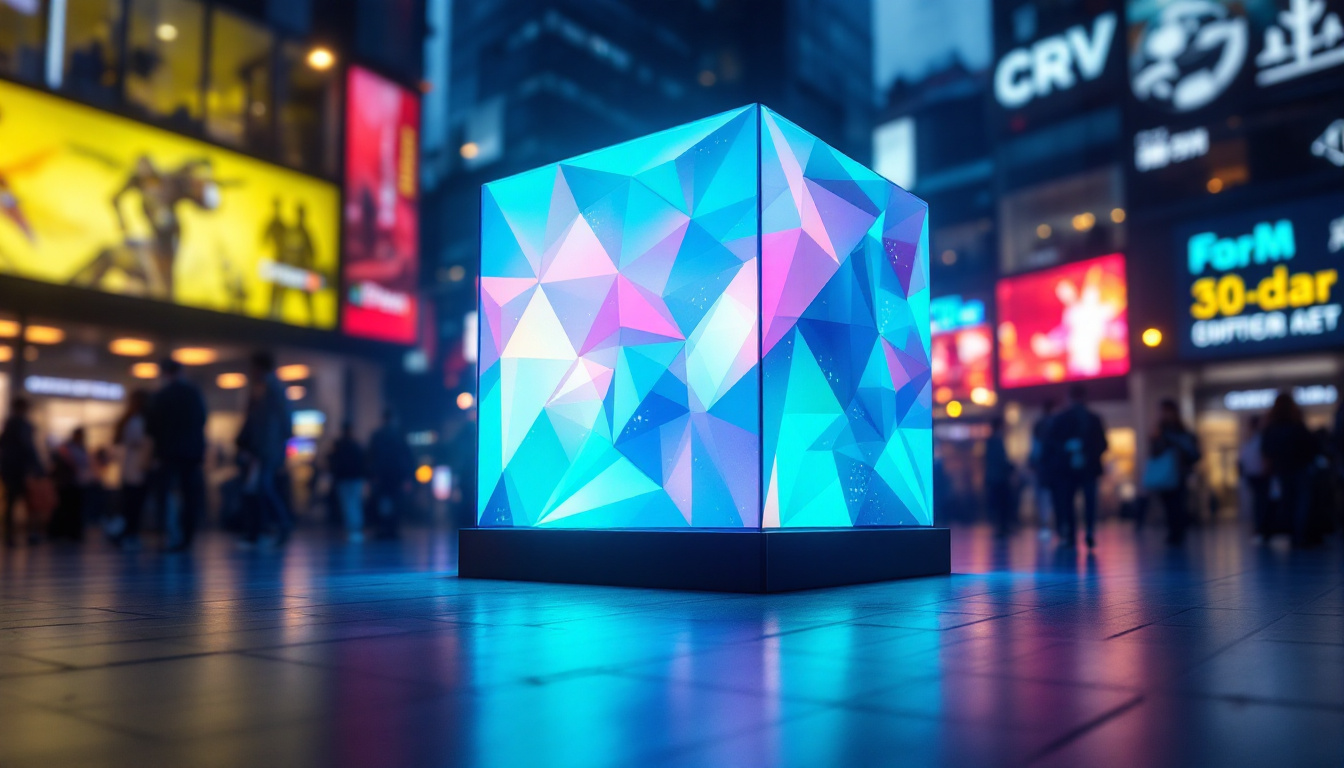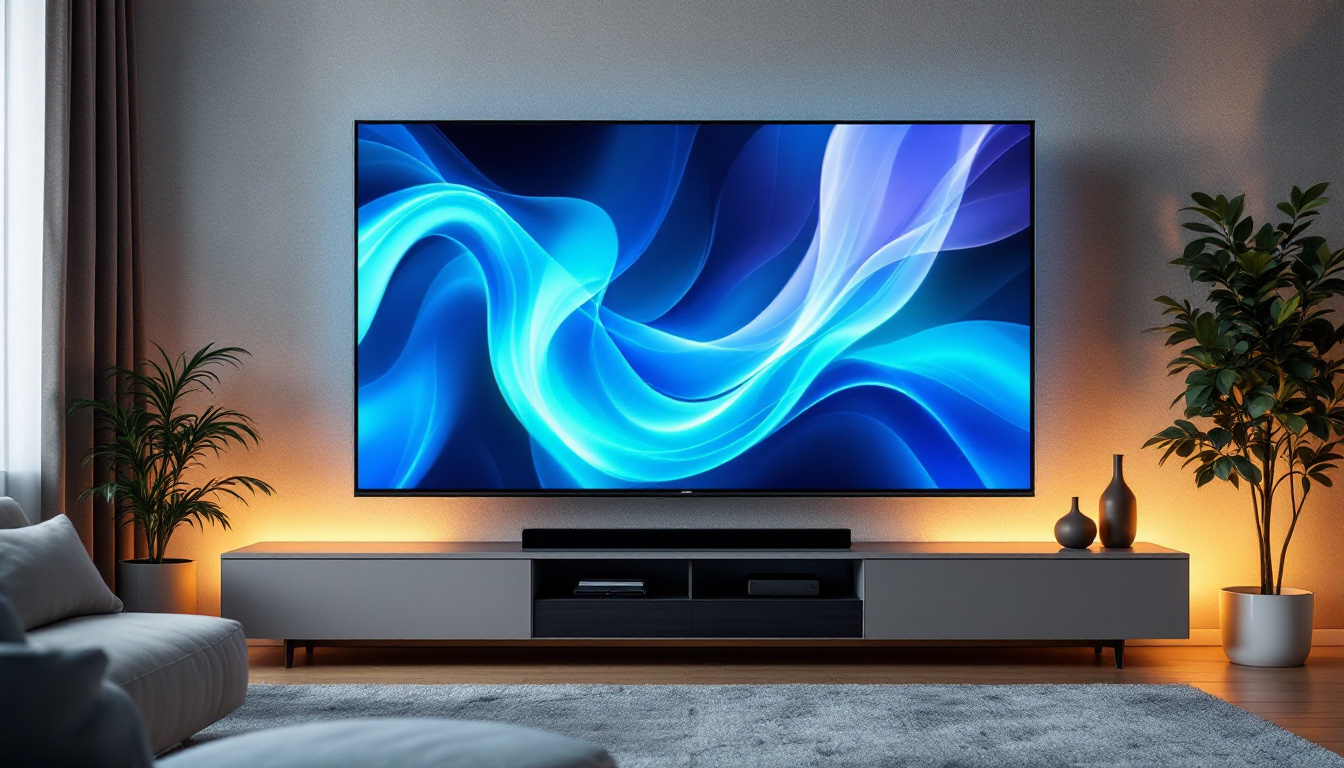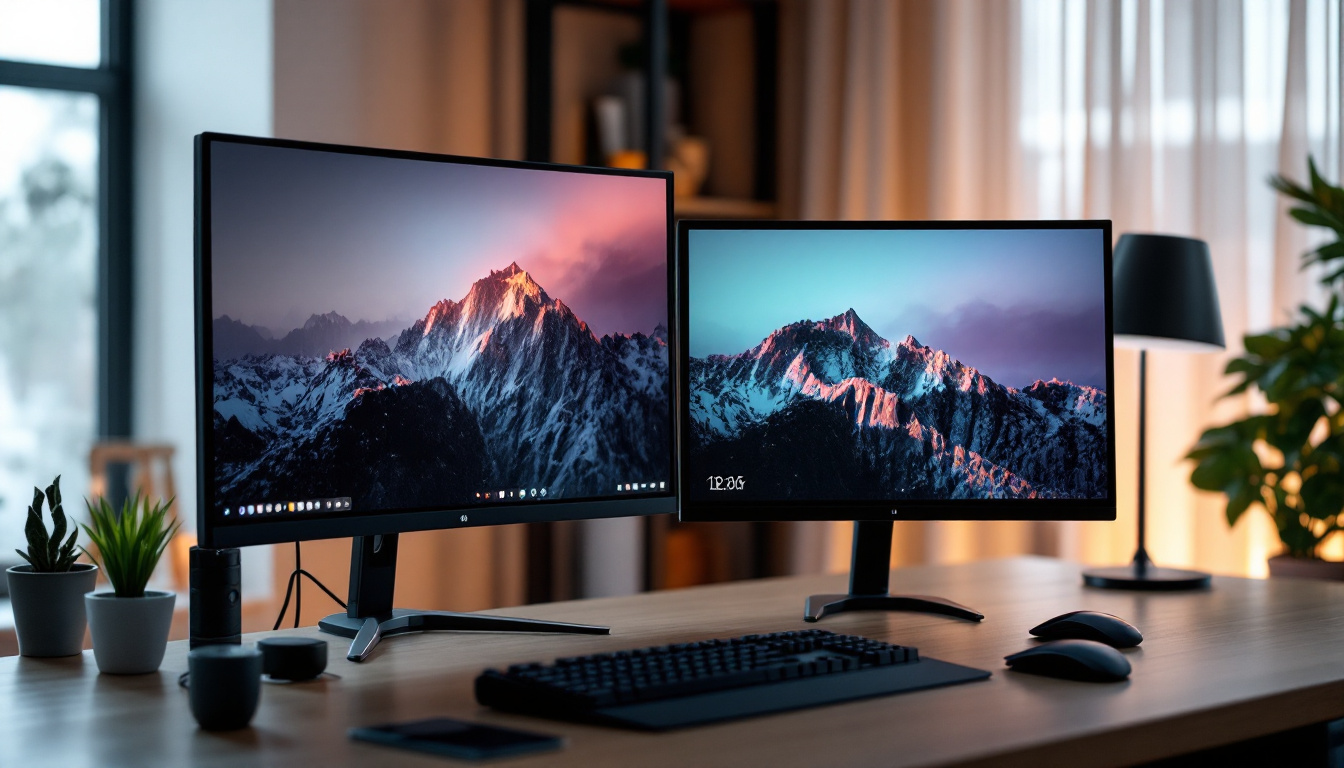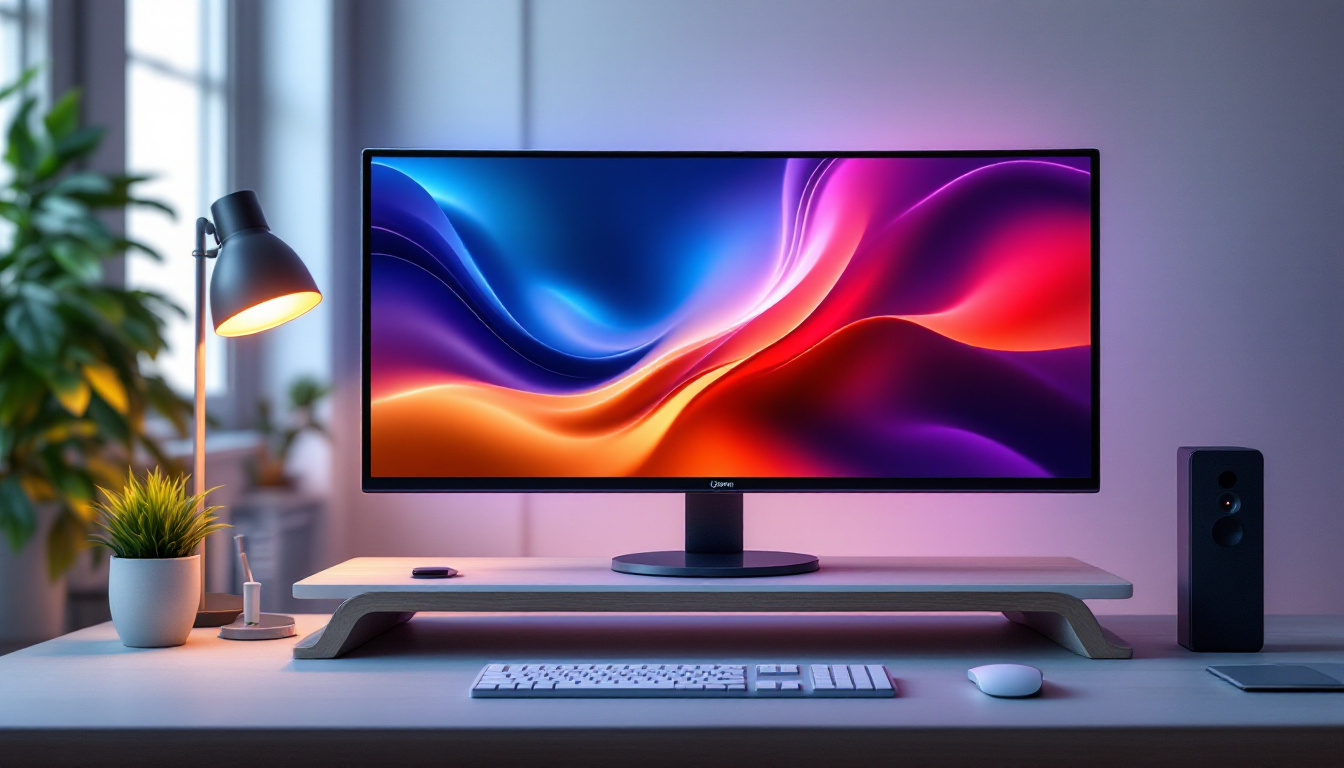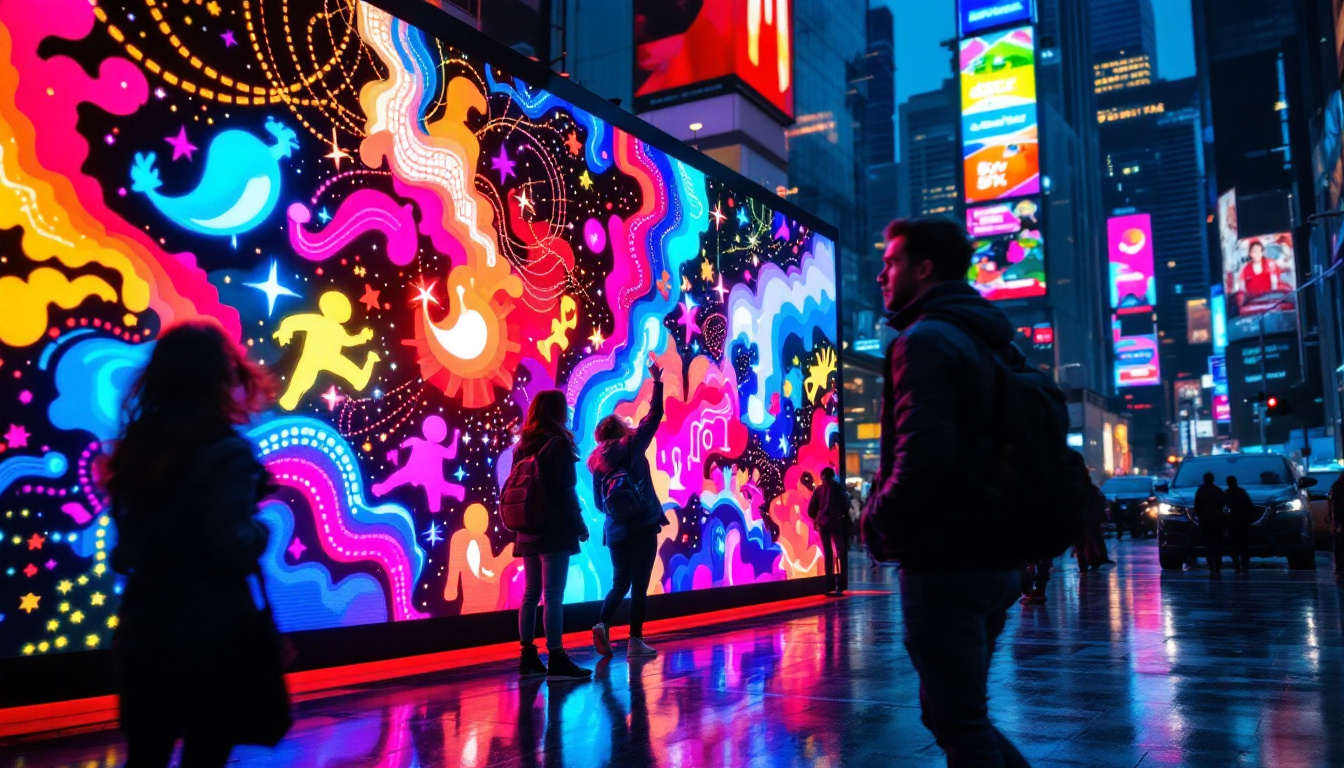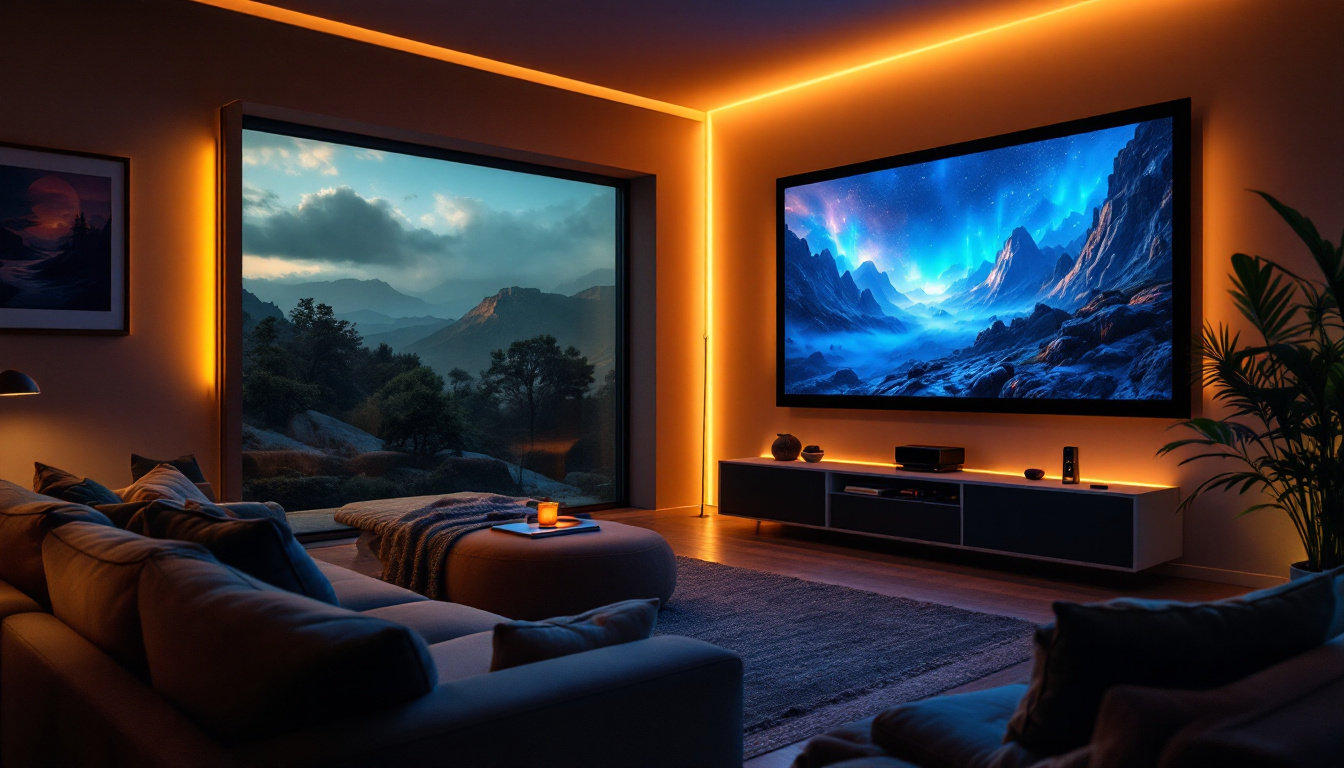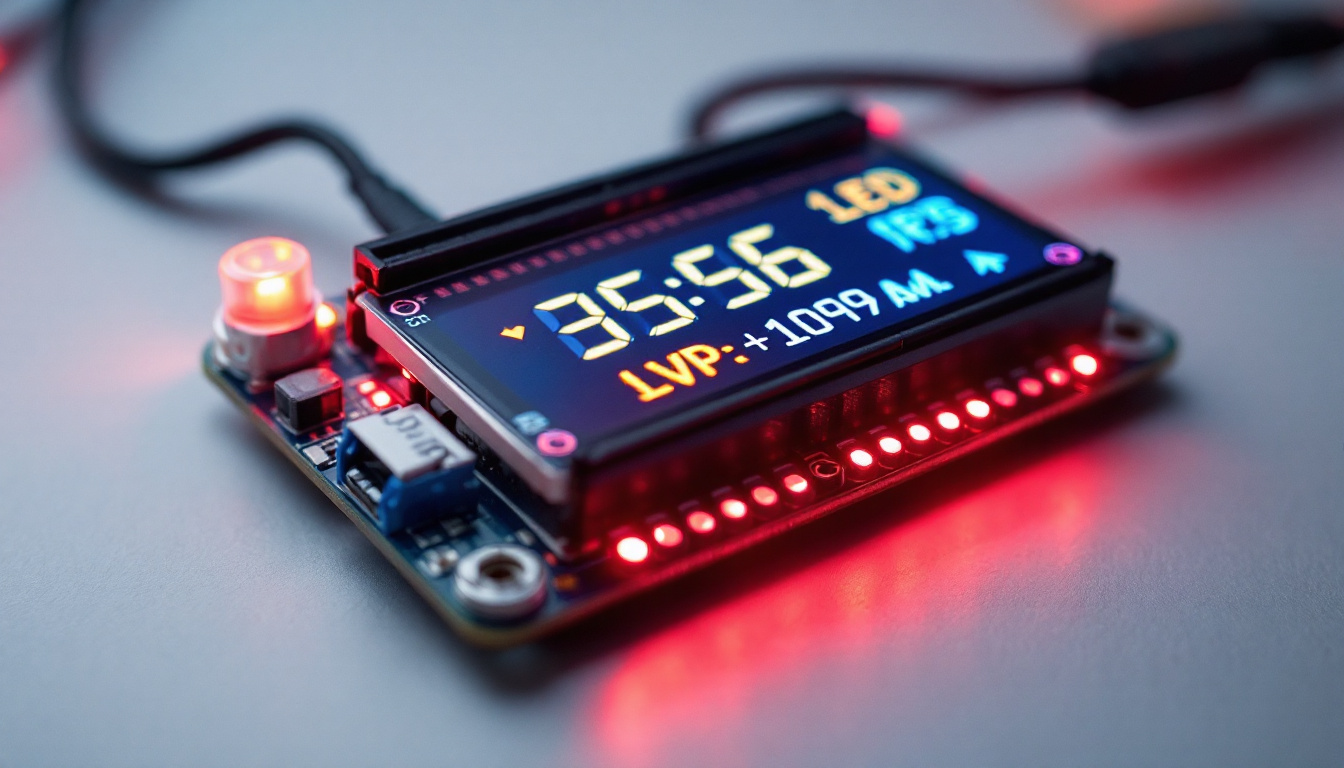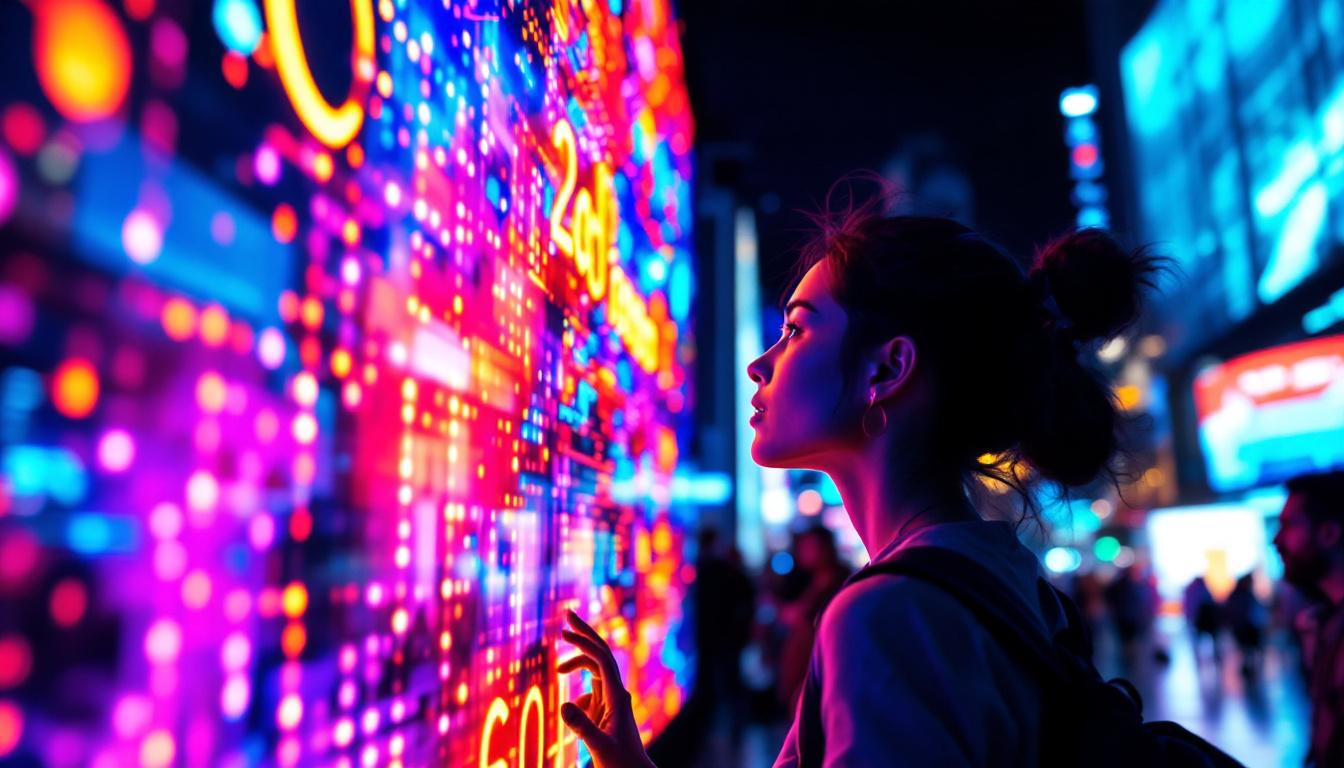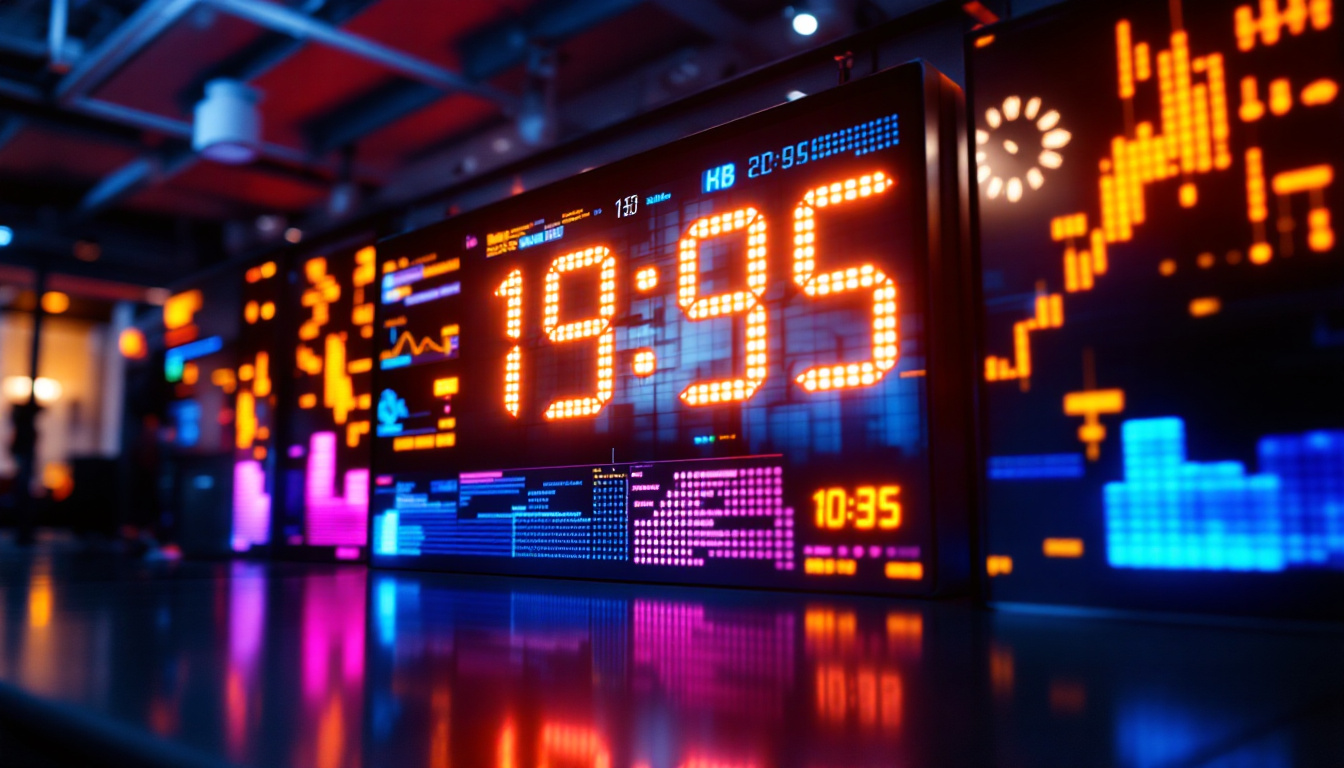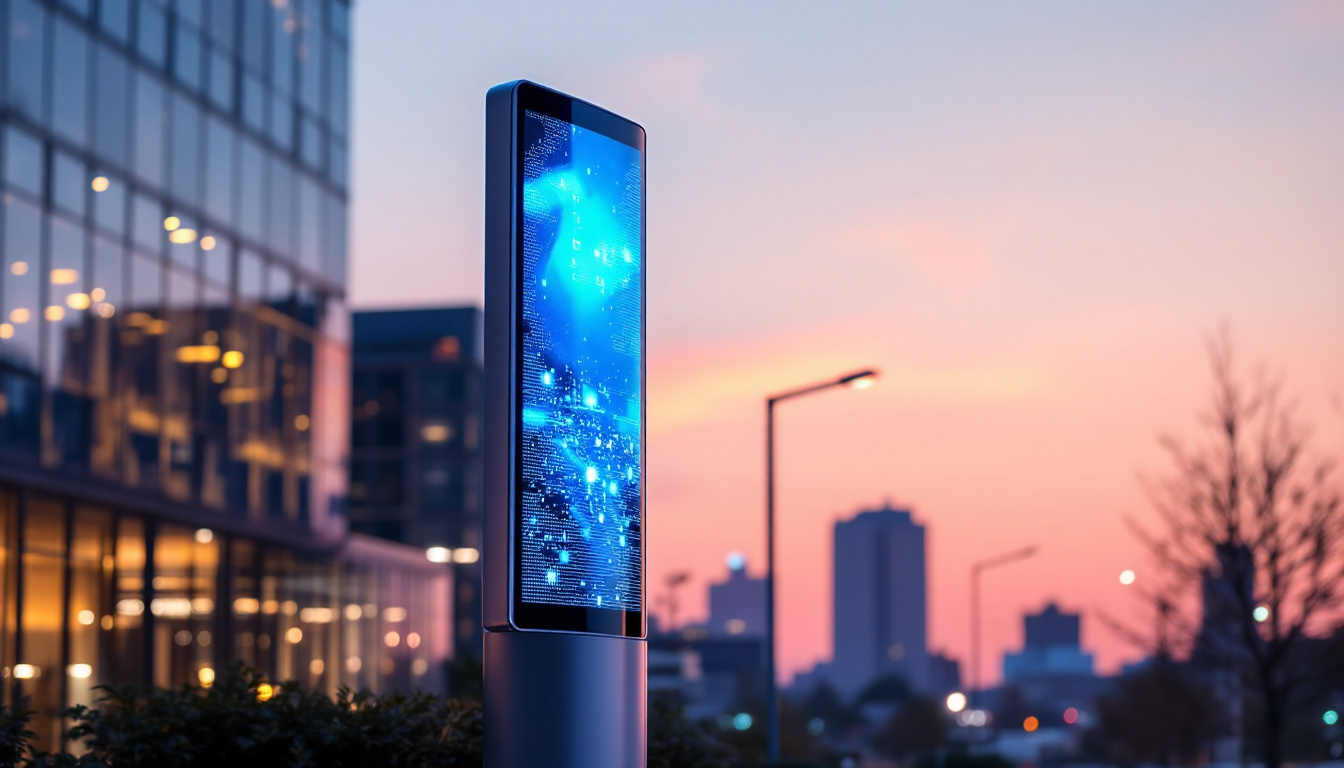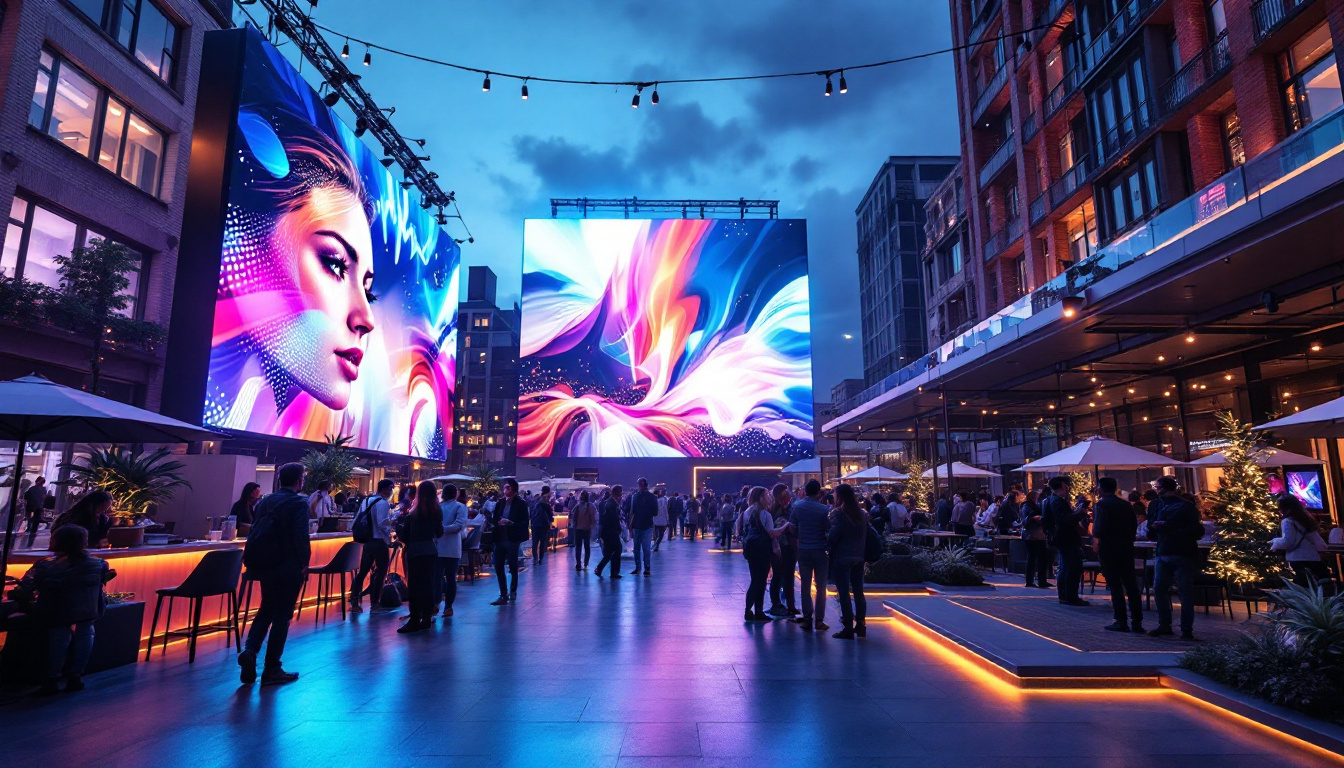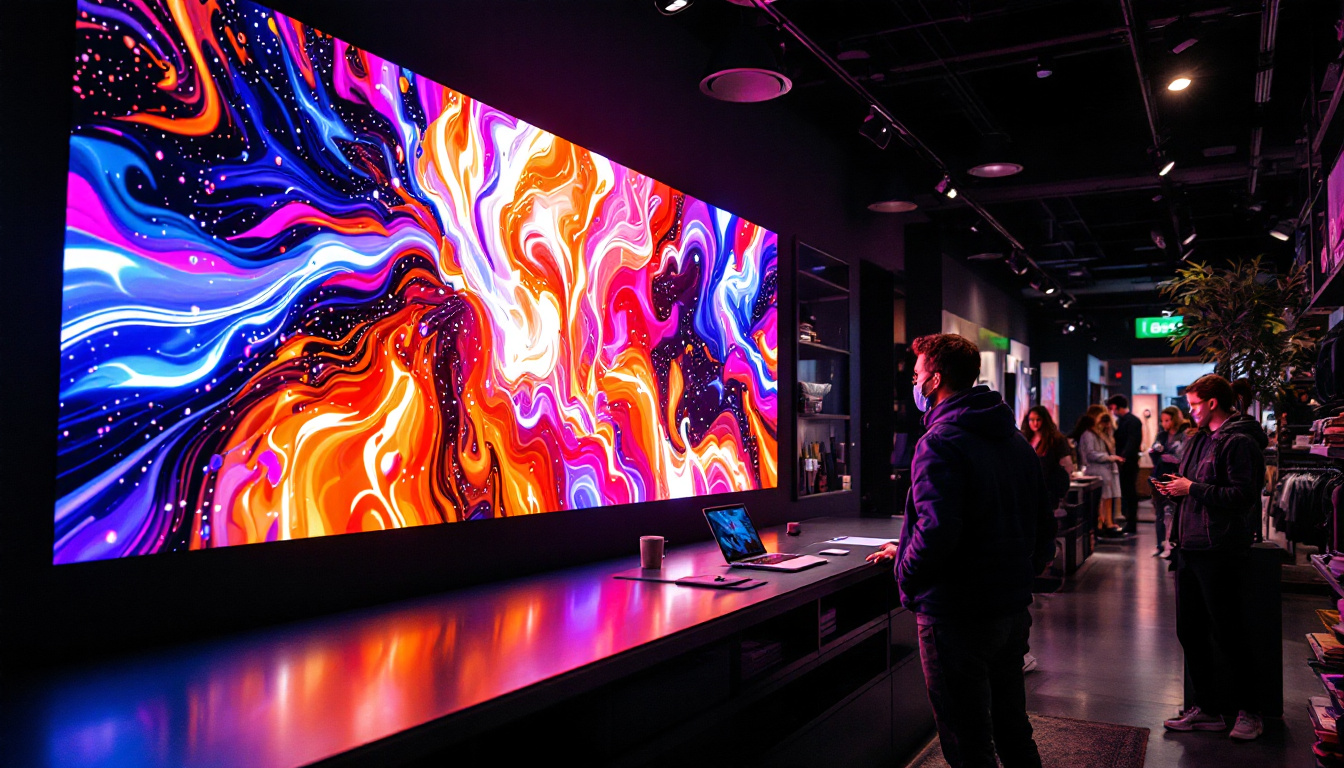In recent years, outdoor LED video screens have transformed the way businesses, event organizers, and public institutions communicate with their audiences. From vibrant advertising billboards to dynamic event backdrops, these displays offer unmatched visibility and versatility. This article delves into the technology behind outdoor LED screens, their advantages, applications, and key considerations for choosing the right display for your needs.
Understanding Outdoor LED Video Screens
What Is an Outdoor LED Display?
Outdoor LED video screens are large-format digital displays composed of numerous light-emitting diodes (LEDs) arranged in a matrix. These LEDs emit bright, colorful light that can be controlled individually to create images, videos, and animations. Unlike traditional screens that rely on backlighting, LEDs produce their own light, making them highly visible even under direct sunlight.
The design of outdoor LED screens is specifically tailored to withstand environmental challenges such as rain, dust, extreme temperatures, and UV exposure. This rugged construction ensures reliable performance in diverse outdoor settings, from bustling urban centers to remote event venues. Many outdoor LED displays also incorporate features like anti-glare coatings and high refresh rates, which enhance visibility and reduce motion blur, making them ideal for high-energy environments such as sports stadiums and concert venues.
Furthermore, outdoor LED displays are increasingly being used for interactive experiences. With the integration of touch technology and sensors, these screens can engage audiences in ways that static displays cannot. For example, event organizers can create immersive experiences where viewers can interact with the content, such as participating in live polls or social media feeds displayed on the screen, fostering a sense of community and involvement.
How Do Outdoor LED Screens Work?
Each LED pixel in the screen is typically made up of three smaller LEDs: red, green, and blue. By adjusting the brightness of these subpixels, the screen can display a full spectrum of colors. The resolution of the display depends on the pixel pitch—the distance between the centers of adjacent pixels. A smaller pixel pitch means higher resolution and sharper images, but it also increases cost. This is particularly important in venues where viewers are close to the screen, as a finer pixel pitch can significantly enhance the viewing experience.
The screens are controlled by sophisticated software that manages content playback, brightness levels, and synchronization. Advanced models support remote content updates via internet connectivity, allowing real-time changes and dynamic advertising campaigns. Additionally, many outdoor LED screens come equipped with built-in sensors that can automatically adjust brightness based on ambient light conditions, ensuring optimal visibility at all times. This feature not only enhances the viewing experience but also contributes to energy efficiency, as the screens can reduce power consumption during nighttime or overcast conditions.
Moreover, the versatility of outdoor LED displays extends beyond advertising. They are increasingly being used for public service announcements, emergency alerts, and community engagement initiatives. For instance, during natural disasters, these screens can provide critical information to the public, helping to ensure safety and awareness in real-time. Their ability to convey messages quickly and effectively makes them an invaluable tool for both businesses and local governments alike.
Key Advantages of Outdoor LED Video Screens
Exceptional Brightness and Visibility
One of the most significant benefits of outdoor LED screens is their superior brightness. Typical LED displays can reach brightness levels of 5,000 to 10,000 nits, compared to around 300 to 500 nits for indoor LCD screens. This intense brightness ensures that content remains vivid and legible even in direct sunlight, a critical factor for outdoor advertising and public information displays. Moreover, the high contrast ratios of LED technology enhance the clarity of images and text, making them stand out against various backgrounds. This capability is particularly beneficial for events held during daylight hours, where traditional displays would struggle to compete with natural light.
Durability and Weather Resistance
Outdoor LED screens are engineered to endure harsh weather conditions. They often come with an IP65 or higher rating, indicating protection against dust ingress and water jets from any direction. This robustness minimizes maintenance costs and downtime, making them a reliable choice for long-term installations. In addition to their weatherproofing, many outdoor LED screens are designed to withstand extreme temperatures, ranging from freezing cold to scorching heat. This resilience ensures that the screens can operate effectively in diverse climates, making them suitable for global deployments, whether in bustling urban centers or remote locations.
Energy Efficiency and Longevity
Modern LED technology is energy-efficient compared to traditional lighting and display technologies. LEDs consume less power while delivering brighter outputs, which translates to lower operational costs. Additionally, LED modules typically have a lifespan exceeding 100,000 hours, reducing the need for frequent replacements. This longevity not only contributes to cost savings but also aligns with sustainability goals, as fewer resources are consumed over time. Furthermore, advancements in LED technology continue to push the boundaries of energy efficiency, with some newer models incorporating smart features that adjust brightness based on ambient light, further optimizing power consumption.
Flexibility and Customization
Outdoor LED screens come in various sizes and shapes, from small digital signage to massive stadium displays. Their modular design allows for custom configurations tailored to specific spatial and visual requirements. Furthermore, content can be easily updated and scheduled, enabling dynamic messaging and interactive experiences. This flexibility extends beyond just size; many outdoor LED screens can also be integrated with various technologies, such as sensors and cameras, to create immersive environments. For instance, a screen could display real-time information based on audience engagement or environmental conditions, enhancing the viewer’s experience and interaction with the content.
Common Applications of Outdoor LED Video Screens
Advertising and Digital Billboards
Outdoor LED screens have revolutionized advertising by enabling brands to display eye-catching, animated content that captures attention more effectively than static billboards. According to a 2023 report by the Digital Signage Federation, digital billboards with LED technology have increased audience engagement by up to 35% compared to traditional signage.
These screens are strategically placed in high-traffic areas such as highways, shopping districts, and sports arenas, maximizing visibility and brand exposure.
Live Events and Entertainment
Concerts, festivals, and sporting events frequently utilize large outdoor LED screens to enhance the audience experience. These displays provide close-up views of performers or athletes, live statistics, and interactive content, ensuring that even attendees far from the stage remain engaged.
For example, during the 2022 FIFA World Cup, stadiums worldwide incorporated massive LED displays to deliver instant replays and dynamic graphics, contributing to a more immersive experience for fans.
Public Information and Safety Messaging
Municipalities and transportation authorities use outdoor LED screens to disseminate real-time information such as traffic updates, weather alerts, and emergency notifications. Their high visibility and ability to update content instantly make them invaluable tools for public safety and communication.
Corporate and Retail Environments
Businesses leverage outdoor LED screens to promote products, announce events, and enhance brand presence. Retailers often install these displays outside stores to attract foot traffic and communicate promotions effectively. Corporate campuses use them for internal communications and visitor information.
Choosing the Right Outdoor LED Video Screen
Assessing Pixel Pitch and Resolution Needs
The pixel pitch is a critical factor in determining the clarity of the displayed content. For applications where viewers are close to the screen, such as retail storefronts, a smaller pixel pitch (e.g., 2-4 mm) is recommended to ensure sharp images. For large-scale billboards viewed from a distance, a larger pixel pitch (e.g., 10-20 mm) is sufficient and more cost-effective.
Considering Brightness and Environmental Conditions
Brightness requirements vary depending on location and ambient light conditions. Displays in areas with intense sunlight require higher brightness levels to maintain visibility. Additionally, screens installed in regions with extreme weather should have appropriate IP ratings and temperature tolerance to ensure durability.
Evaluating Installation and Maintenance Factors
Installation complexity depends on the screen size, mounting location, and structural support. Modular LED panels facilitate easier installation and future upgrades. Maintenance accessibility is also important; screens should allow for quick repairs or replacements to minimize downtime.
Budget and Total Cost of Ownership
While initial investment in outdoor LED screens can be substantial, considering the total cost of ownership—including energy consumption, maintenance, and potential revenue generation—is essential. Investing in high-quality components and reputable manufacturers often results in better long-term value.
Future Trends in Outdoor LED Display Technology
Advancements in MicroLED and MiniLED
Emerging technologies such as MicroLED and MiniLED promise even higher brightness, better color accuracy, and improved energy efficiency. These innovations could lead to thinner, lighter, and more flexible outdoor displays, expanding creative possibilities.
Integration with Smart Technologies
Outdoor LED screens are increasingly integrated with IoT devices and AI-driven content management systems. This enables dynamic content adaptation based on audience demographics, weather conditions, and real-time events, enhancing engagement and effectiveness.
Sustainability and Energy Efficiency
With growing environmental awareness, manufacturers are focusing on eco-friendly materials and energy-saving designs. Solar-powered LED displays and advanced power management systems are becoming more common, reducing the carbon footprint of outdoor advertising.
Conclusion
Outdoor LED video screens have become indispensable tools for communication, marketing, and entertainment in the modern world. Their unparalleled brightness, durability, and versatility make them ideal for a wide range of applications. Understanding the technology, benefits, and key considerations can help businesses and organizations select the right display to meet their specific needs and maximize impact.
As LED technology continues to evolve, the future holds exciting possibilities for more immersive, efficient, and sustainable outdoor displays that will further transform public engagement and visual communication.
Illuminate Your Space with LumenMatrix
Ready to elevate your outdoor space with vibrant, durable, and energy-efficient LED display technology? Look no further than LumenMatrix, a pioneer in crafting exceptional LED display modules tailored for any environment. From the bustling streets to the heart of your next event, our range of solutions including Indoor and Outdoor LED Wall Displays, Vehicle LED Displays, and more, are designed to captivate and engage your audience. Embrace the future of visual communication with LumenMatrix and transform your message into an unforgettable visual experience. Check out LumenMatrix LED Display Solutions today and see the difference for yourself.

